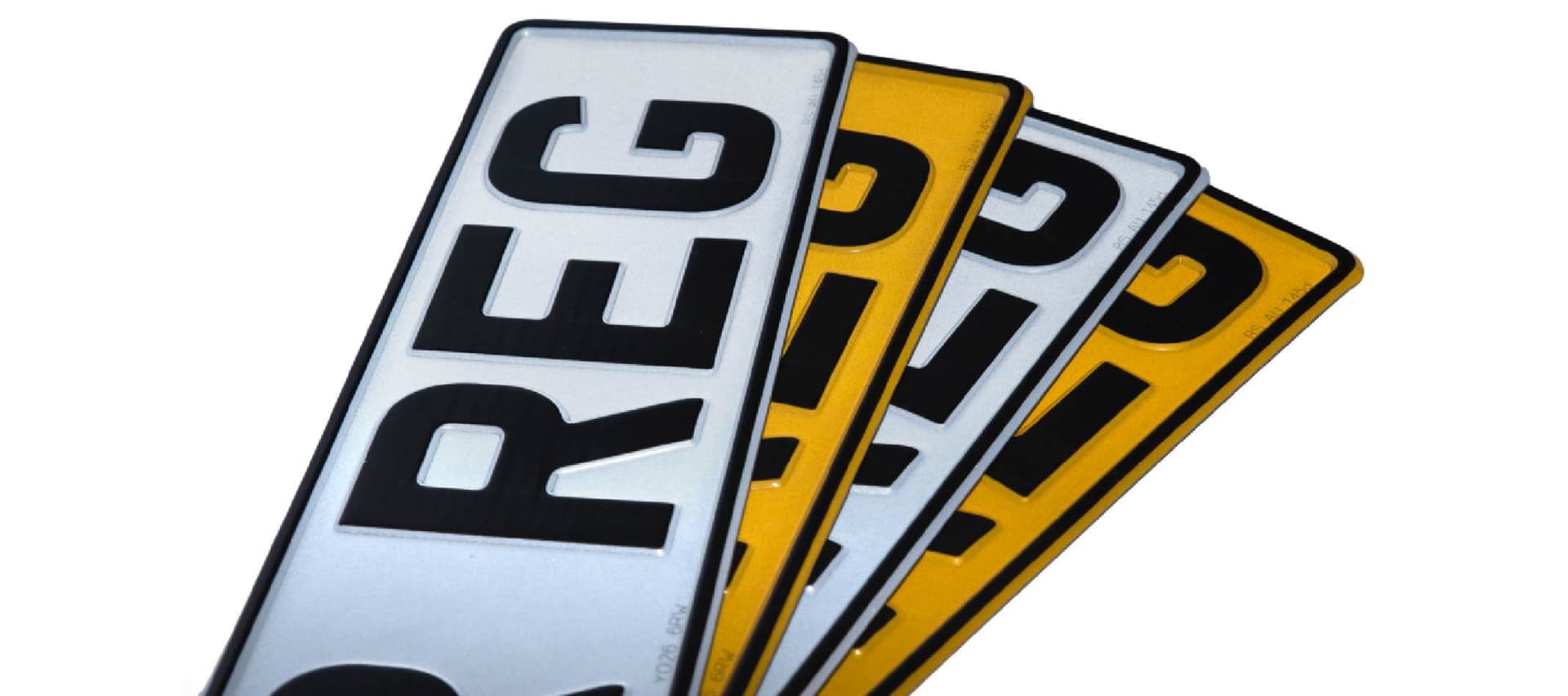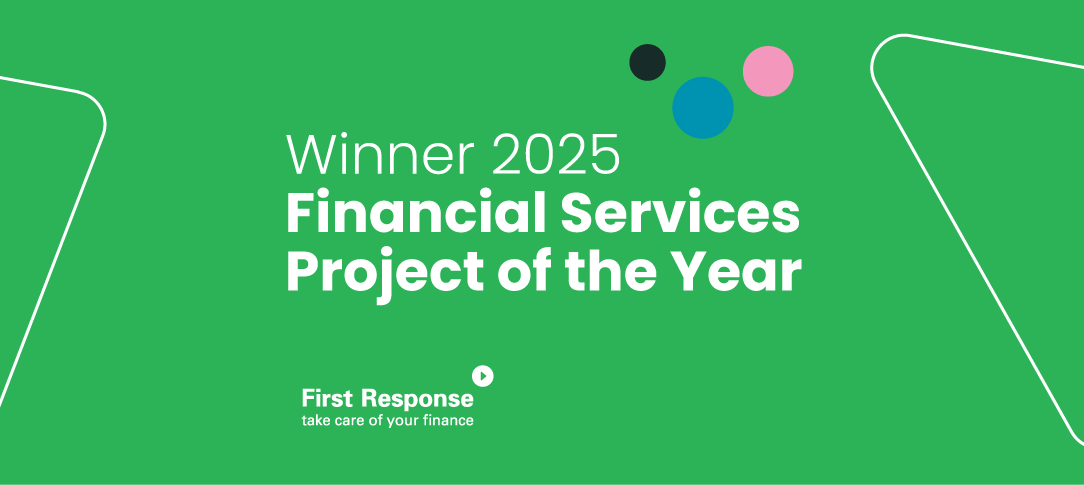Recap for drivers: what to know about number plates ahead of the '75 registration launch
How do number plate sequences work? Why are number plates white or yellow? Can a number plate fail an MOT? Check out this blog to get the answer to all your registration plate-related questions!

There are many things that drivers ignore about number plates.
For example, you may not realise that cruising around town with a dirty plate can cost you up to £1,000 if stopped by the police. Or you may not know that if your number plate is not the correct size or shape, you could land a hefty fine and your vehicle might be seized.
So, with the new '75 registration plates launching on 1st September, what better time to brush up on the digits at the front and back of your car?
Michelle Rigler, Head of Portfolio at vehicle finance company First Response Finance, answers some of the most popular questions about UK number plates to help steer away from any confusion.
'75 registration plate
New registration plates are introduced twice a year – once in March and once in September.
In this respect, Michelle explained: "'75 registration plates, specifically, are reserved to cars that have been registered after September 2025.
"'75' indicates the age of the vehicle and corresponds to the last two digits of the year increased by 50. With March plates, instead, the registration year is indicated directly by the final two numbers without any add-ons. So this year, March registration plates had a '25' instead.
"What does this mean for number plates released in 2026?
"In March and September 2026, the newly-released number plates will feature respectively a '26' and '76'."
How do number plate sequences work?
Since 2001, all car number plates are made up of a sequence of letters and numbers that follow the exact same format. Let's take a fictitious sequence as an example: BA75 KYJ.
The first two characters (BA) represent the region where your car was registered. The first letter indicates the actual area, whereas the second identifies the local DVLA office that registered the vehicle.
Each region has its own unique two-digit code. With cars registered in Birmingham, for instance, you can expect the plates to feature BA or BY as their first two digits, while Oxford codes are OA or OY. You can find out more about memory tags by reading this handy DVLA leaflet.
As mentioned above, the middle characters (75) stand for the car's registration year. So our imaginary number plate is telling us that the vehicle in question has been registered after September 2025.
Finally, the last three letters (KYJ) are a combination created at random by the DVLA.
Why are number plates white or yellow?
In the UK, number plates are white at the front and yellow at the rear.
Black digits on a white and yellow background provide the most legible combination in all weather and lighting conditions, allowing for quicker identification of the letters and numbers.
In fact, in the case of an accident or a crime involving a vehicle, a visible number-plate sequence makes it easier for drivers to find out important details for the authorities.
But why have two different colour plates? Technically, it's a safety measure to help drivers spot instantly whether they are looking at the front or the back of a vehicle.
So, if a motorist was driving on the wrong side of the road, for instance, you would have an extra visual clue to act and avoid a serious incident.
Can a number plate fail an MOT?
There are several reasons why your car might not pass its MOT. It could be that the brakes are in poor working order, the exhaust emissions are above a certain limit, or the wipers have visible wear and damage.
But it's also worth noting that, if your number plate is not up to scratch, it could result in a failed MOT too.
This is the case when the number plate is obscured, damaged, or if it presents features that affect the appearance and legibility of its letters and numbers.
Even if it's cracked or chipped due to a collision, it should be immediately replaced to prevent a failed MOT or a pricey penalty on the road.
Can you sell a registration plate?
Have you got rid of your car? Or do you want to upgrade to a personalised sequence? Whatever the reason, you can sell your registration plate whenever you wish.
However, there are some restrictions in place on who can buy and sell them.
For instance, as the seller, you need to be the registered keeper of the car or vehicle to which the number plate is assigned. Likewise, the buyer needs to have a valid certificate of entitlement for the vehicle they are purchasing the number plate for.
You can sell your standard registration plate via online auction sites, private classified ads, and specialist registration plate dealers.
Bear in mind that if you own a private number plate, you might be able to earn a bit more money when you put it up for sale, as it might have a more desirable or unique combination of numbers and letters.
Michelle also reminds First Response Finance customers that if they buy a private number plate for their vehicle, they need to let the Account Management department know so that they can update the vehicle details on their system.
Interested in customising your car with a private number plate? Our expert guide has all you need to know, from the buying process to what you need to do to avoid a £1,000 fine. 🚗
You may also like...
Rosie | Nov 2025




